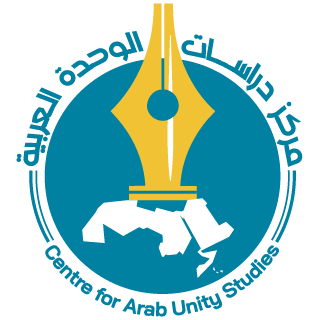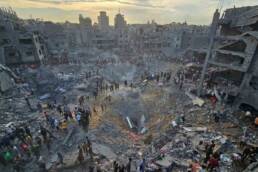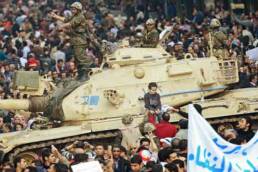Notes:
(*) Contemporary Arab Affairs, Vol. 8 No. 1, January 2015; (pp. 96-108) DOI: 10.1080/17550912.2014.990797
Published By : University of California Press Journals
Copyright & Usage : © 2014 The Centre for Arab Unity Studies
An earlier version of this paper was published in Arabic in Al Siyassa Al Dawliya (The International Politics Journal), no. 198, October 2014, pp. 42–48, www.siyassa.org.eg
(**) Ali El Deen Hillal Dessouki: Faculty of Economics and Political Science, Cairo University, Cairo, Egypt
Email: ali@alieldean.net
We appreciate your support
SUPPORT THE CENTRE FOR ARAB UNITY STUDIES
The Centre is reaching out for its friends and readers for support, whether by ordering our publications and paying for them in hard currency, or through donations. The Centre welcomes any support to boost its resiliency, to ensure its survival, the continuation of its legacy and its commitment to tackle issues facing the Arabs and the Arab world.



